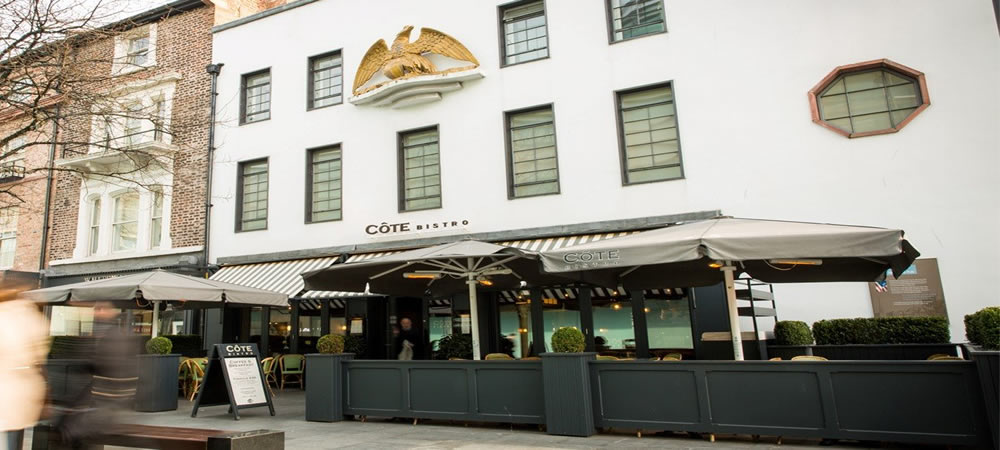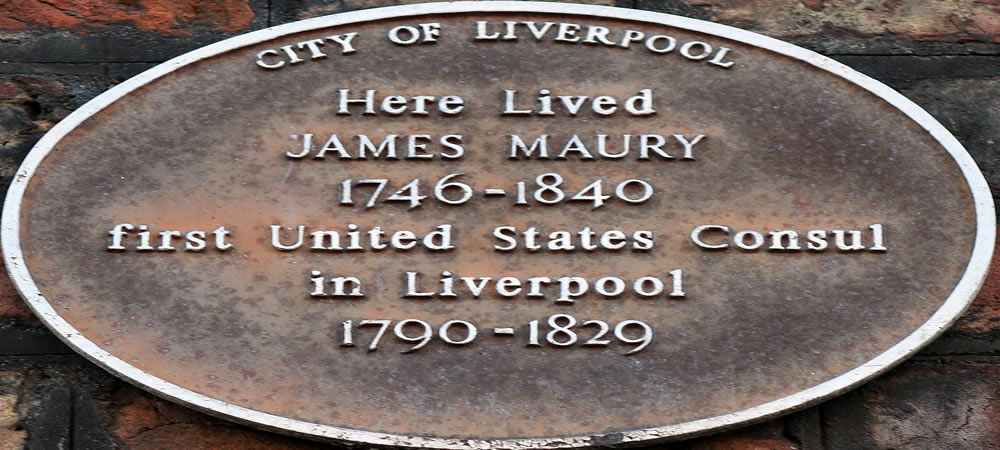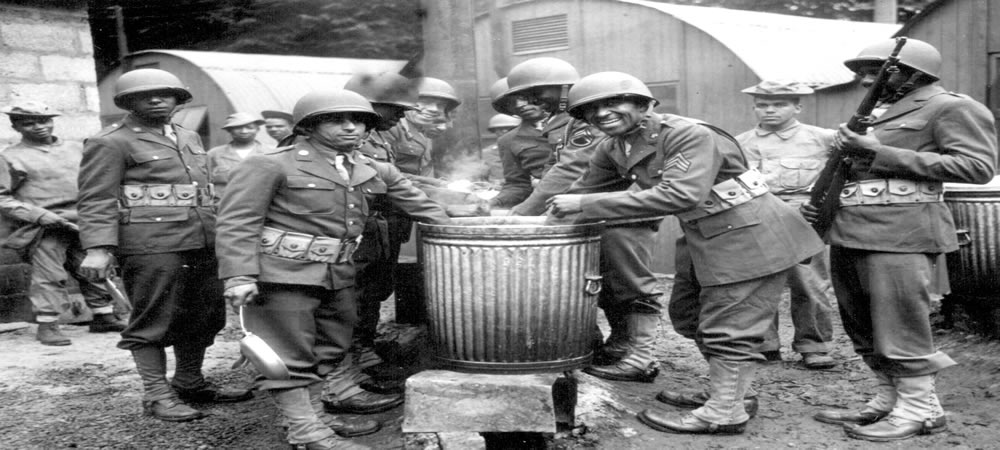"Learn about the long-standing connection between America and Liverpool from early years to World War II"



There is a long standing connection between America and Liverpool. People immediately think of Liverpool and the Slave-trade where slaves were transported to work on the plantations in America. Our history goes back much further than that.
In fact, our history goes all the way back to the beginning when in 1635 one Richard Mather travelled to the New World (America) as one of the Pilgrim Fathers. He was the first preacher at the Ancient Chapel built in 1618 to serve the isolated community of puritans in the Royal Park of Toxteth created by King John where he and his knights could hunt deer and wild boar.
Incidentally, Cromwell’s troops camped in the grounds of the chapel during the English Civil War of the 1640’s and one of the congregation, Jeremiah Horrox was the first to observe the transit of Venus across the sun on 24th November 1639.
We then come to the time of the African trade and a sad period in Liverpool’s history where Africans were sold as slaves to work on the American plantations and cotton fields.
The late Georgian and Victorian periods saw the greatest growth in the wealth of Liverpool and from this developed a rich commerce where eventually 40% of the world’s trade passed through Liverpool’s docks. It was during this period that the most affluent merchants invested their wealth and the city bristled with imposing civil monuments, gleaming office blocks and a seven mile swathe of docks.
America became independent from Britain and later the American Civil War came along. There were mixed feelings in Liverpool and many of the rich merchants did not want to abolish slavery as their wealth depended on it. There was even a fair held on the plateau at St George’s Hall to raise money for the Confederacy. Others were against the exploitation of fellow humans and fought for abolition. The CSS Alabama, CSS Florida and CSS Shenandoah were built in Liverpool for the Confederacy.
The American Civil War began in 1861 and ended in Liverpool on 6th November 1865 when the last Confederate warship, the CSS Shenandoah surrendered in the River Mersey and furled its giant Confederate flag for the last time. Eventually, slavery was officially abolished in the United States.
Between 1830 and about 1930 about nine million people left Europe to sail to America, Australia and New Zealand. Liverpool was the largest emigration port in the world. It is probable that your grandparents or great-grandparents passed through the Port of Liverpool – if you have any basic information, it would be an interesting experience to search the records in the Liverpool Maritime Museum.
Eventually, the Second World War saw Liverpool targeted by Hitler’s Luftwaffe and the night sky was afire as incendiary bombs fell across the city. As Britain prepared for the invasion of Europe, Liverpool became a staging post for American forces. One of Britain’s top secret command centres was based in Liverpool and at the end of the war was closed up and forgotten. The War Rooms have now been opened as a museum and you can step back in time to see how the war strategy was planned and executed in authentic detail.
During your tour you will learn how the first United States Embassy in the world was established in Liverpool and visit the key places that forever bound Liverpool and America in history.
All of the major buildings related to this period of Liverpool's history are still in existence.
The first Embassy of the United States of America in the World was located in Liverpool.
Did you know that the American Civil War ended in Liverpool in 1865 when CSS Shenandoah surrendered.
In 1635 Richard Mather first preacher at the Ancient Chapel in Toxteth travelled to the New World as a Pilgrim.
Most of this tour takes place outdoors so please bring appropriate clothes if the weather is poor. A reasonable level of fitness is required for this tour as there is an amount of walking - uphill in some parts. The tour is accessible for wheelchair users but please be aware of distance and uphill roads.

The meeting point for the tour is by the Liver Buildings at Liverpool Pier Head.

Tour begins of Confederacy and World War II sites in Liverpool and lasts for approximately two hours.

The meeting point for the tour is by the Liver Buildings at Liverpool Pier Head.

Tour begins of Confederacy and World War II sites in Liverpool and lasts for approximately two hours.
Feedback for individual guides is obtained from a variety of sources, including social media. We'd be delighted if you could take the time and let us know how you enjoyed your tour.
Trains on the National Rail Network arrive at Liverpool Lime Street Station. There is also a local train network called Merseyrail that travels to / from Central Station. You would then be able to obtain detailed directions using the search facility above.
There are two main bus terminals in Liverpool. There is the Central Bus Station at Canning Place, Liverpool 1. There is also another terminus at Queens Square by St George's Hall. There is an extensive bus network throughout Liverpool and the 82 bus from the Central Bus Station will travel through the city centre.
Black cabs are available all over the city and can be flagged at the roadside. You can tell the taxi driver the name of your destination and they will be able to take you there. Their knowledge of streets and venues (especially in the city centre) is extensive and you should not have any difficulty.